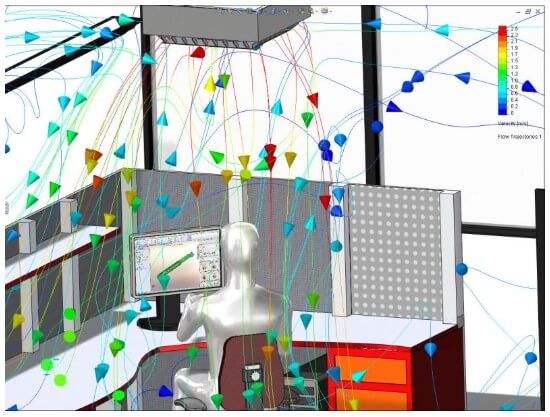Is your office often too hot for you, even if your coworkers are shaking? Or maybe it's the other way around and you're cold. Like the age-old question of whether a glass is half full or half empty, perceptions of ambient temperature can vary greatly from person to person.
To ensure maximum comfort for building occupants, heating, ventilation, and air conditioning (HVAC) engineers can accurately estimate indoor climatic conditions using multiphysics simulations. You can find more information about HVAC simulation (In Spanish Language “simulación HVAC”) via www.syp-urban.com/servicios/estudio-conceptual-sistemas-hvac.

Image Source: Google
A model developed by Mika Maaspuro, who specializes in built-in simulations, shows the spatial temperature and airflow variations that affect people's comfort, even in relatively small spaces. These results suggest adjustments to the HVAC system design that can save energy and better meet individual climate needs.
What are these needs and how does the preferred indoor climate differ from person to person?
“Research shows that there is a range of up to 6°C, which is what most people think is the most comfortable temperature,” says Maaspuro. "The perception of heat varies from person to person, from man to woman, and is influenced by time and the movement of air through your bodies," he explains.
"Someone who gets warm at 22-23 °C, for example, won't feel the air velocity up to 0.4 m/s," says Maaspuro. "But if you're already cold at this temperature, you'll feel an unpleasant breeze."
